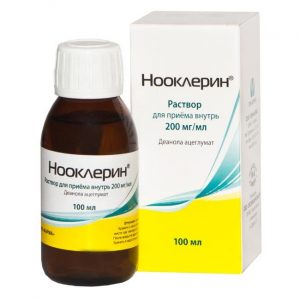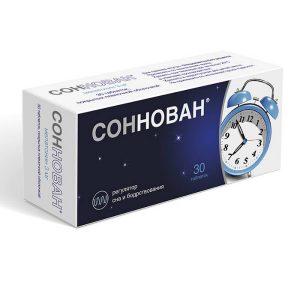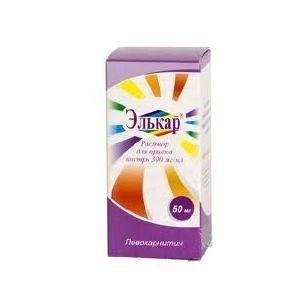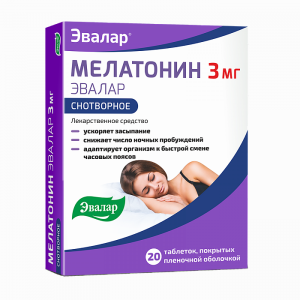Description
Pharmacological action
Tolperisone hydrochloride is the central muscle relaxant. The exact mechanism of action is unknown. As a result of the membrane-stabilizing effect, it prevents the initiation of excitation in primary afferent fibers, blocking mono- and polysynaptic reflexes of the spinal cord.
Probably the secondary mechanism of action is to block the release of the transmitter by blocking the influx of calcium ions into the synapses.
Reduces reflex readiness in the reticulospinal tract of the brain stem.
Enhances peripheral blood circulation. This effect is not associated with the effect of the drug on the central nervous system and may be due to the weak antispasmodic and antiadrenergic action of tolperisone.
Lidocaine hydrochloride has a local anesthetic effect and when dosed with Lida goal, according to the instructions, does not have a systemic effect.
Indications
– Symptomatic treatment of stroke spasticity in adults.
– Treatment of painful muscle spasm associated with diseases of the musculoskeletal system (spondylosis, spondylitis, cervical and lumbar syndromes).
Contraindications
Hypersensitivity to any of the components of the drug (including lidocaine), severe myasthenia gravis, children under 18 years of age, pregnancy, lactation (due to lack of data).
Precautions:
Caution should be used in patients with renal and hepatic impairment. Dose adjustment is not required.
Recommendations for use
Adults daily 1 ml 2 times a day intramuscularly or 1 ml 1 time a day intravenously.
Procedure for working with a polymer ampoule:
1. Take the ampoule and shake it, holding it by the neck.
2. Turn and separate the valve from the ampoule with rotary movements.
3. Through the hole formed, immediately connect the syringe luer to the ampoule.
4. Put the contents of the ampoule into the syringe.
5. Put the needle on the syringe.
Composition of
1 ml of the preparation contains:
Active ingredients:
Tolperisone hydrochloride 100 mg
Lidocaine hydrochloride monohydrate (in terms of lidocaine hydrochloride) 2.5 mg srdlpropyl 0.3 mg 1 M solution of hydrochloric acid to pH 3.0-4.5
Water for injection up to 1 ml.
Side effects
Classification of the incidence of side effects recommended by the World Health Organization (WHO): very often ( 1/10), often ( 1/100 and <1/10), infrequently ( 1/1000 and <1 / 100), rarely ( 1/10000 and <1/1000), very rarely (<1/10000), the frequency is unknown (cannot be estimated based on available data). Disorders from the blood and lymphatic system: very rarely – anemia, lymphadenopathy. Disorders of the immune system: rarely – hypersensitivity reactions, anaphylactic reactions very rarely – anaphylactic shock. Metabolism and nutritional disorders: infrequently – anorexia is very rare – polydipsia. Mental disorders: infrequently – insomnia, sleep disorders rarely – loss of activity, depression. Disorders from the nervous system: infrequently – headache, dizziness, drowsiness rarely – attention deficit disorder, tremors, cramps, loss of sensation, sensitivity disorders, lethargy. Disorders of the organ of vision: rarely – visual impairment. Hearing impairment and labyrinth disorders: rarely – ringing in the ears, vertigo. Disorders of the heart: rarely – angina pectoris, tachycardia, heart palpitations are very rare – bradycardia. Vascular disorders: infrequently – arterial hypotension rarely – flushing. Disorders of the respiratory system. chest and mediastinal organs: rarely – shortness of breath, nosebleeds, rapid breathing. Disorders of the gastrointestinal tract: infrequently – gastrointestinal discomfort, diarrhea, dry mouth, dyspepsia, nausea rarely – epigastric pain, constipation, flatulence, vomiting. Violations of the liver and biliary tract: rarely – impaired liver function. Disorders of the skin and subcutaneous tissues: rarely – allergic dermatitis, sweating, skin itching, urticaria, skin rash. Violations of the musculoskeletal and connective tissue: infrequently – muscle weakness, myalgia, pain in the limbs is rare – discomfort in the limbs is very rare – osteopenia. Disorders from the kidneys and urinary tract: rarely – enuresis, proteinuria. General disorders and disorders at the injection site: often – redness of the injection site infrequently – asthenia (weakness), malaise, fatigue rarely – feeling drunk, feeling hot, irritability, thirst very rarely – discomfort in the chest. Laboratory and instrumental data: rarely – decrease in blood pressure, increase in bilirubin concentration, impaired liver function tests, decrease in platelet count, increase in white blood cell count, very rarely – increase in creatinine level. Drug Interactions There is no evidence of drug interactions that limit the use of the drug. Although tolperisone has an effect on the central nervous system, it does not cause a sedative effect and therefore can be used in combination with sedatives, hypnotics and drugs containing ethanol. Does not enhance the effect of ethanol on the central nervous system. Enhances the action of non-steroidal anti-inflammatory drugs, therefore, with a simultaneous administration, a reduction in the dose of the latter may be required. Overdose Symptoms: ataxia, tonic and clonic convulsions, dyspnea, and respiratory arrest. Treatment: symptomatic and supportive therapy is recommended. There is no specific antidote. Storage conditions Store at a temperature not exceeding 15 ° C. Keep out of the reach of children. Shelf life 2 years. Do not use after the expiration date! Terms and conditions prescription lekarstvennaja form Solution for




